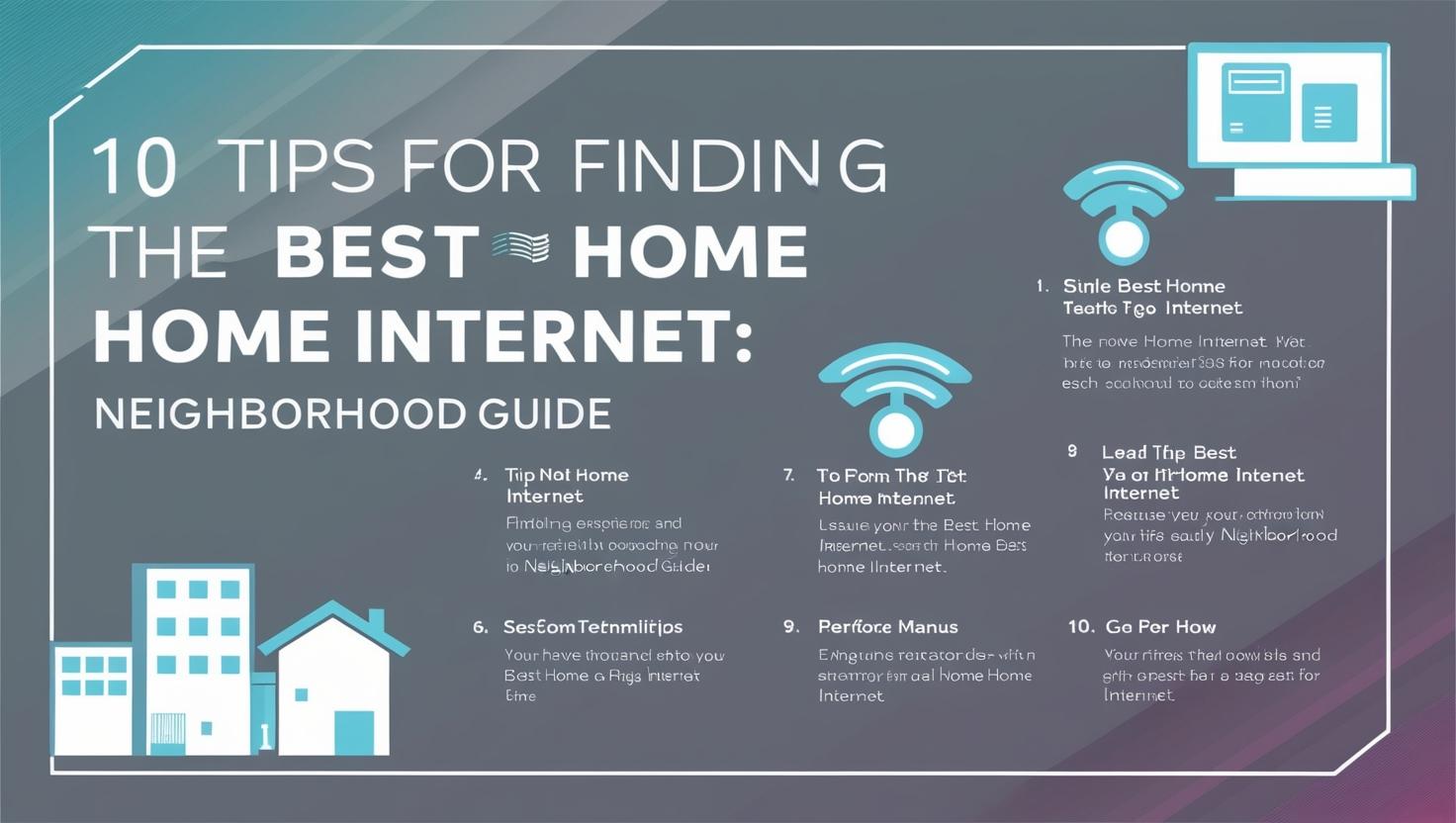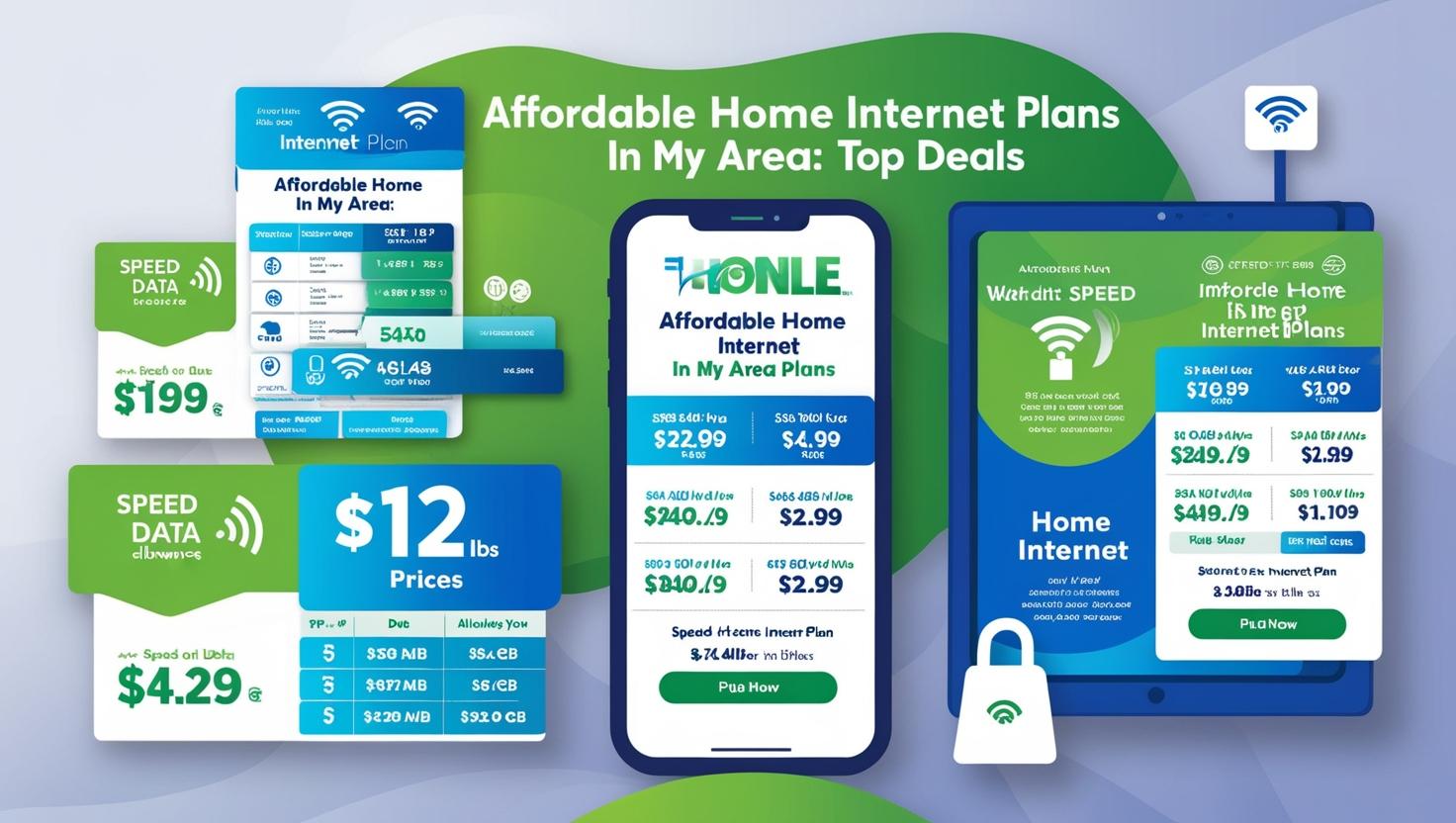Specs to Examine in HDTVs
The globe of TVs is looking superior on a daily basis, but also extra confusing. Today, there is a ridiculously wide array of high-definition (HD) and 4K/Ultra HD sets in stores, from bargain big screens to high-end displays that may price as a lot as a auto.
 The paramount factors for most shoppers might be screen size and cost. The widest array of alternatives, from 30 inches to up to 110 inches, is available in LED (light-emitting diode) LCD models. Costs have a tendency to start at $250 for 32-inch sets (that are good for the bedroom), but for bigger rooms the sweet spot is usually a 50- or 55-incher for significantly less than $600.
The paramount factors for most shoppers might be screen size and cost. The widest array of alternatives, from 30 inches to up to 110 inches, is available in LED (light-emitting diode) LCD models. Costs have a tendency to start at $250 for 32-inch sets (that are good for the bedroom), but for bigger rooms the sweet spot is usually a 50- or 55-incher for significantly less than $600.
Suppliers continue to shift towards the Ultra HD, or 4K, format, with four occasions the number of pixels of an HDTV. Prices start at about $750 for a 50-inch setup to $1,800 for a 70-incher. Meanwhile, organic light-emitting diode (OLED) TVs (the majority of them 4K) present even richer images – for much more funds, of course.
Forms
The first selection you’ll need to make is what form of television to purchase. As lately as some years ago, you might have required to pick in between Plasma, LCD, LED, DLP and rear-projection TVs. In recent times, that selection is actually a tiny less complicated, due to the fact pretty much all TVs sold would be the same form: LED-lit LCD TVs, commonly known as LED TVs.
LED
Even though LCD and LED TVs are generally billed as separate technologies, they each build their image the identical way, with a Liquid Crystal Show.
A Liquid Crystal Show is a thin, translucent panel created of millions of tiny cells identified as pixels filled with liquid crystal. Every in the pixels can alter in opacity when a charge is applied. Red, blue and green colored filters give each pixel the ability to also create color. When light passes via the pixels from behind, you get the building blocks of a visible image.
The primary distinction between LCD TVs and LED TVs is the fact that LCD TVs employed fluorescent lamps to provide their backlighting, although LED TVs use, as you could have guessed, LED lamps. LEDs are considerably smaller than fluorescent lamps, so the Television is usually created substantially thinner. Additionally they use a little significantly less power, so LED TVs are much more power effective.
But best of all LEDs, can execute one thing that fluorescent backlights could not, a function known as neighborhood dimming. This is the act of turning off a number of the backlights throughout scenes with high contrast (i.e. both pretty dark places and really vibrant spots in the same scene) so the brights might be brighter and also the dark parts is usually darker. LCD TVs couldn’t turn off any of their backlight, which gave them a reputation for blacks that had been closer to grey, and an general less-contrasty image. Neighborhood dimming provides LED TVs a much more intense image with far better contrast and color, top to a image that just appears better.
When they debuted, LED TVs were considerably more highly-priced than LCD TVs. Due to the fact then, the technologies in LED TVs has come down in price for the point that there are actually no longer any advantages to applying fluorescent backlights, and right now only LED TVs are nevertheless obtainable to buy.
OLED
The other sort of Television out there today will be the OLED Tv. OLED (Organic Light Emitting Diode) TVs are equivalent to LED TVs, with a single big difference. Every individual pixel is capable to make light itself, in addition to color and opacity. This suggests that suppliers can do away with all the backlights altogether, which add weight and thickness towards the Tv, so OLED TVs is usually made just millimeters thick. On top of that, since brightness might be controlled at the pixel level, OLED TVs have substantially much better brightness, contrast and colour saturation than anything on the market. To place it simply: OLED TVs develop the best-looking, most vivid picture of any tv presently obtainable. On the other hand, they are nevertheless considerably more high-priced than LED TVs, that is their primary drawback.
Size
Maybe one of the most vital selection you are going to have to create is to select the appropriate size. Once upon a time, most TVs have been the identical size, with something above 40 inches considered “big.” Today, TVs are readily available in just about any size that will fit via your front door and even some so large that they probably won’t.
While most shoppers will automatically look in the largest Tv they can afford, bigger isn’t always very best. A Tv too large for your viewing distance can be just as annoying as watching a Tv that’s too small. If you have ever been stuck in the front row at the movie theater through an action flick, you have felt the pain of a sore neck and strained eyes. So if you have got only a certain amount of space in your Television room, let that guide you in choosing a screen size. If you may have a larger room and flexible seating options, you can be much more flexible with the Television dimensions.
Sitting too close to your LED Television will also make the screen door effect far more visible. So, you will want to pick a Television and place it at a distance that finds the balance in between being close enough to take advantage on the resolution, but nevertheless far away enough to give everyone watching a good viewing angle.
Resolution
The next significant selection to produce when obtaining a brand new Television is what resolution to pick out. A TV’s Resolution is measured within the amount of pixels in the screen. In previous years, you might select involving a 480p, 720p or 1080p set. Each and every of those numbers denotes the number of horizontal lines of pixels that the set functions. Extra pixels in a show equals a lot more details, which equals superior image high-quality (and commonly meant extra costly). As TVs get far more advanced, resolution increases and picture high-quality gets superior Right now, display technologies has advanced for the point where 480p TVs are no longer even produced, and you’d be hard pressed to find a 720p Television, other than small, low-end sets intended for casual use.
Right now, the real choice is amongst 1080p and 4K TVs. 4K resolution, also identified as Ultra High Definition, options 4 occasions the amount of pixels as a 1080p set. As inside the previous explanation, this pixel increase suggests that a 4K Tv set produces a image that’s vastly far more detailed. In a lot of instances, you won’t even be capable to see the “screen door effect” that most LED/LCD TVs have always produced, where the lines in between pixels are visible at close viewing distances. 4K TVs can also reproduce significantly much more color depth than regular HD TVs, for a picture that is far more vivid and lifelike. In short, everything about the picture of a 4K Tv is better.
So, then, why would anyone acquire anything other than a 4K Tv? For one thing, they do still expense more than a 1080p set in the similar excellent and size. And the benefit of 4K isn’t as significant on smaller sized Tv sets. So If cost may be the most significant factor in your decision, 1080p will be the way to go whilst nevertheless getting a terrific picture. Having said that, rates on 4K TVs are continually dropping, and inside the coming years, we’ll likely see it become the standard resolution.
We recommend 1080p for TVs significantly less than 40″ in size, if price is the most significant factor, or you’re planning on replacing your Television in a few years. Nonetheless, we recommend a 4K Tv for anyone interested in ultimate image quality, especially those planning on keeping their Television for as long as possible.
If you have any queries relating to the place and how to use 3D TV Review (http://www.relevantrankings.com/best-3d-tvs), you can get in touch with us at our own website.





















